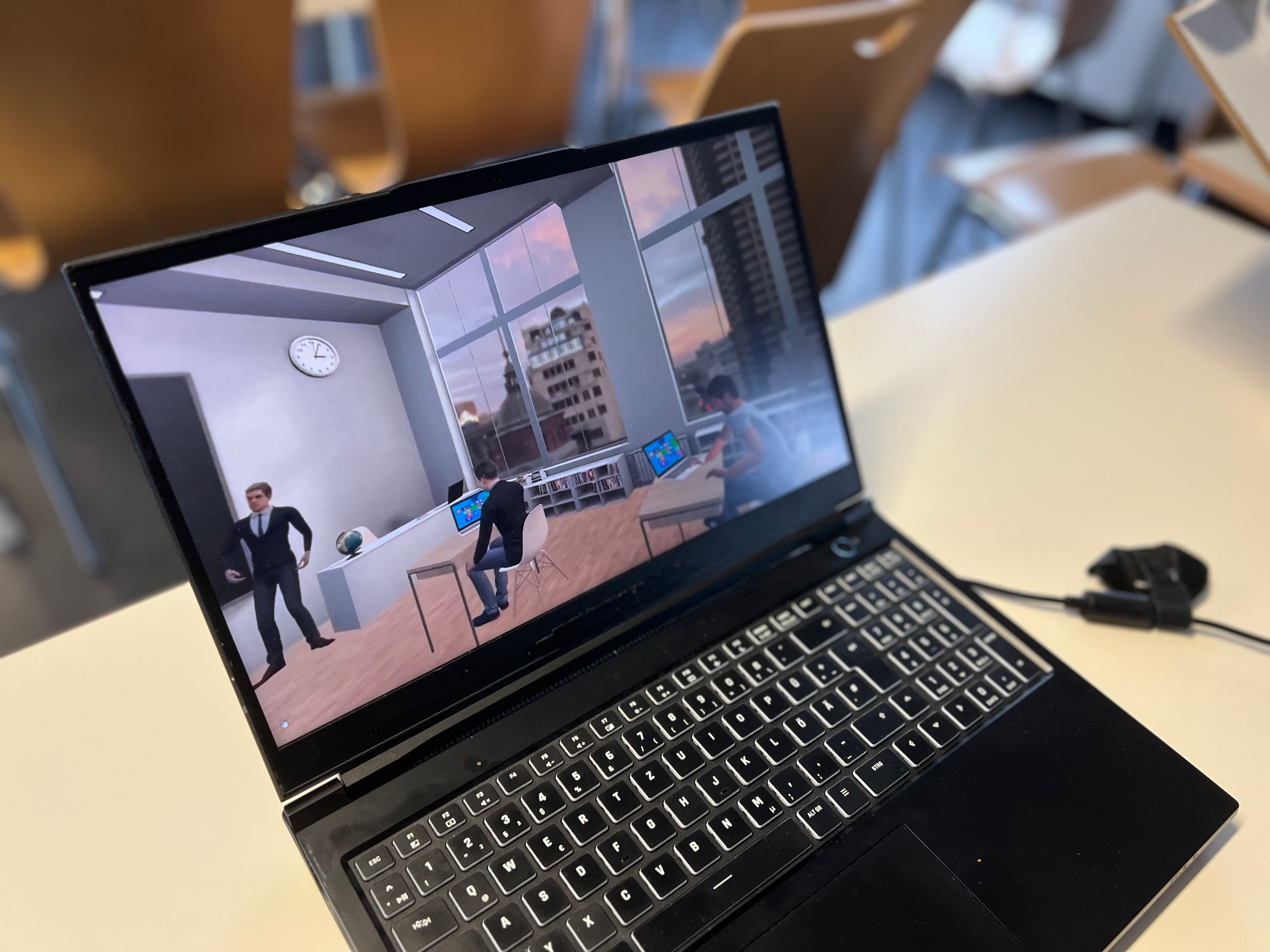


Language learning is a complex process that demands guidance and discipline, yet various factors can support or hinder progress. To address challenges like declining motivation, monotonous learning materials, and difficulties in vocabulary acquisition, educational researchers have investigated the potential of Augmented Reality (AR) to enhance language learning. A recent systematic review by Schorr et al. (2024) examines the role of AR in foreign language learning, analyzing 40 empirical studies published between 2016 and 2023.
The review highlights that AR is predominantly used for vocabulary acquisition (70% of studies), with a strong focus on English (60%), followed by Chinese, Japanese, and German. The most used AR technologies include marker-based tracking, where learners scan images or QR codes, and mobile applications, which allow for flexible and convenient access to AR-based learning. These technologies make AR more widely available to learners by reducing the need for expensive or specialized equipment.
The authors identify key benefits of AR in language learning including:
Challenges and Limitations
Despite its benefits, AR faces several challenges:
Future Directions
The study suggests that AR should be used alongside traditional learning methods rather than replacing them. Design principles for future AR applications include providing real-time feedback, fostering collaboration, and ensuring intuitive interfaces to support diverse learners.
AR presents a promising complementary tool for language learning, particularly in vocabulary acquisition and engagement. However, its full potential depends on thoughtful design, educator support, and further research into best practices for effective implementation.